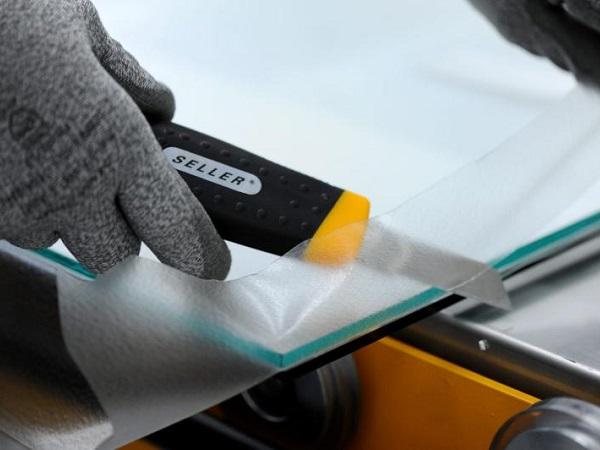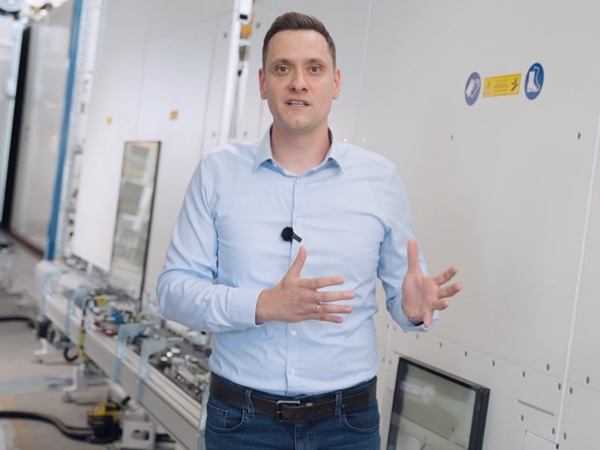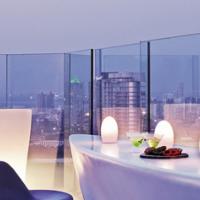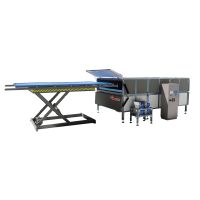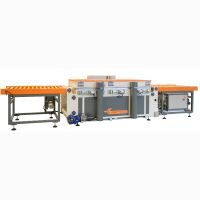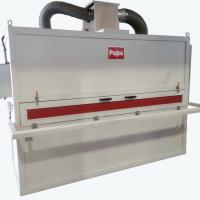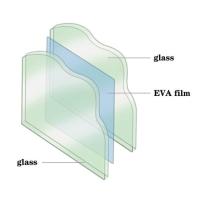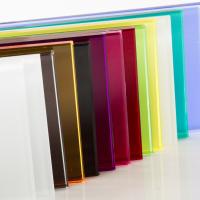Luckily for you, we have created a list of the five most common errors we know other processors make, so that you can learn from the mistakes of others.
Glass lamination, just like any other business, has its own challenges and tricks to be mastered before you succeed. During the past years, we have seen hundreds of laminating line projects. And we are always sorry to see glass processors with good technology still struggling to overcome unwelcome production challenges. That’s why we have collected this list of common mistakes that ruin performance and quality.
1. Unsuitable heating technology
One of the most common issues we see at different production sites is unsuitable heating technology. The issue is especially acute when running a line with a conventional infrared heater in mixed production.
The main downside of running a line with an infrared heater is that product changes always require setting adjustments. In practice, this means whenever you change the coating or sandwich thickness, you need to reconfigure your furnace temperatures and firing levels to match. Apart from taking lots of extra time, this leads to decreased yield.
The issue stems from the fact that infrared radiation reacts differently to most types of products and provides limited heating control. In contrast, full convection technology does not differentiate between glass types, consistently providing even heat uniformity. With full convection heating, you don’t need to juggle a number of variables – saving time and being able to adjust capacity to match your production needs.
2. Jumping to conclusions
What makes laminating tricky is that there are so many possible reasons for quality issues in the laminate. Moreover, one issue can be caused by multiple things – for example bubbles in the trailing edge can be caused by too much heating, too much pressing, foil stretching during trimming, tempering quality, bad quality interlayer,… and the list goes on.
This leads to a situation where it is extremely easy to jump to conclusions when facing quality issues – even for experienced professionals. And while sometimes the issues might be easy to fix, sometimes the wrong actions can make things even worse. Especially when you’re facing issues that you cannot fix, the best thing that can be done is observing. Stop for a moment and see the process from beginning to end to define what seems like the most probable cause for the issue. And when doing corrections, always change one thing at a time. If it doesn’t work, revert back and define the next action.
3. Lack of quality control
The market has become extremely quality conscious – 100% spotless glass quality is the only option acceptable. In lamination, though, once the end product is ready, there is no way to redo it. You have to process everything again from scratch.
Therefore, it is essential to have your own quality control to ensure the right quality in all steps. Make sure you don’t send the already failed pieces of products forward in your process flow. It is most effective to understand that the scratch from cutting is very expensive and time consuming to replace if scrapped at final stage, after autoclaving.
Remember that some issues with laminated glasses, such as delamination, might only be seen after years of use.
4. Poor tempering quality
A key factor to succeed in lamination is to ensure that all processes related to lamination are in good shape.
Often, certain issues in lamination can be traced back to poor tempering quality. To understand if this is your problem, check to see if you are facing the same issues when using ordinary float glass. If the problem is not observed, the root cause can most likely be with the tempering.
What matters for the process is the gap between the glass sheets and foil(s). Good tempering operations and procedures in matching the glasses together make lamination much easier. Also remember that even with good tempering quality, especially when pairing clear glass and Low-E glass together, it might not be possible to laminate the glasses without clamping.
5. Non-optimized autoclaving
Bad autoclaving can completely ruin even the best quality pre-laminates.
In an autoclave, sufficient heating and cooling power, as well as the software control of the ramps, are the most important factors. When these are in order, make sure that glass is stacked in the autoclave so that air flow is not restricted (e.g. by vertical glass supports) and that each glass is sufficiently heated.
If you have any doubts about your autoclaving quality, try measuring the glass temperatures for the middle of the glasses (middle of the load, the place where the glass heats the slowest), in the last part that heats up in the autoclave during the process. This can help verify if the autoclaving is causing any quality issues.
Note also that different interlayers require different autoclave settings. Using SentryGlas® or EVA with a standard PVB recipe, for example, will not yield good results. Also remember that if you have optimized your autoclave cycle for small amounts of glass, the same recipe will most likely not work with full loads due to larger amount of glass to be heated in the process.
And wait – there is more!
These were just five of many reasons why some glass lamination sites fail to meet demand in terms of quality or capacity. The Laminating Line Buyer’s Guide will help you discover other pitfalls and help you get the best from your lamination business.
After all, remember that the cost of poorly, ineffectively or uneconomically laminated glass can be so high that too often investing in better-quality equipment or modernization of the line pays itself back very quickly.

